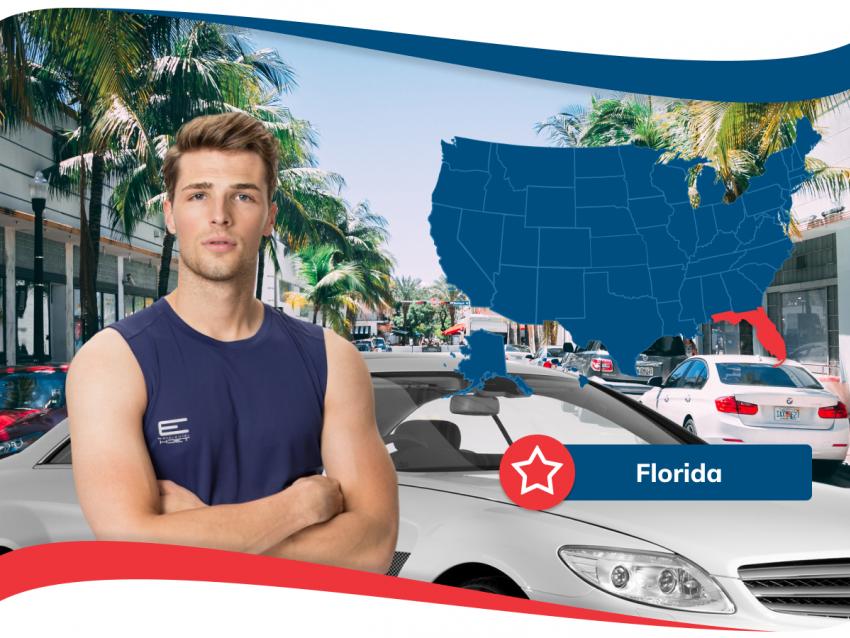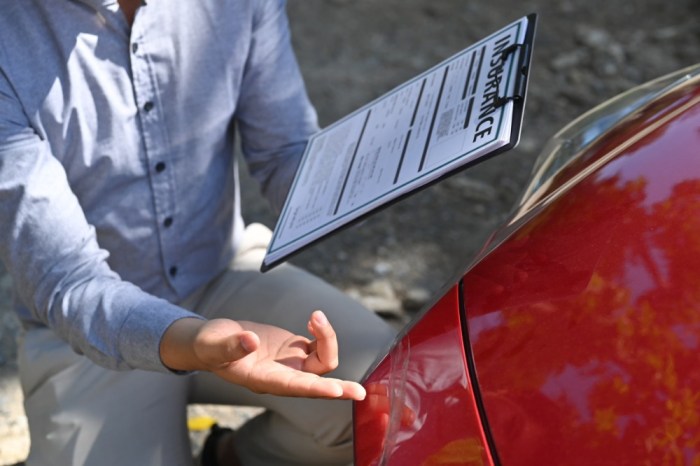Florida’s auto insurance landscape is a complex tapestry woven with unique regulations, diverse coverage options, and a significant influence of factors ranging from driving history to geographical location. Understanding this market is crucial for securing affordable and adequate protection. This guide unravels the intricacies of Florida’s auto insurance system, offering insights into finding the best coverage at the most competitive price.
From deciphering the state’s no-fault system and its impact on claims to comparing coverage options and navigating the claims process, we aim to equip you with the knowledge needed to make informed decisions about your auto insurance. We’ll explore the key factors affecting premiums, provide practical tips for comparison shopping, and address common questions to ensure you’re fully prepared to navigate the Florida auto insurance market with confidence.
Understanding Florida’s Auto Insurance Market

Florida’s auto insurance market presents a unique landscape, characterized by high premiums and a complex regulatory environment. Understanding its intricacies is crucial for both residents and insurance providers. This section will explore the key factors shaping this market, comparing it to other states and detailing the various coverage options available.
Florida’s Auto Insurance Market Characteristics
The Florida auto insurance market is notably more expensive than many other states. Several factors contribute to this, including a high frequency of accidents, significant litigation costs associated with personal injury protection (PIP) claims, and a relatively high number of uninsured motorists. The state’s warm climate, attracting a large population of tourists and retirees, also contributes to increased traffic congestion and accident rates. Furthermore, the prevalence of fraudulent claims further inflates insurance costs. The state’s regulatory framework, while intended to protect consumers, also plays a role in shaping the cost and availability of insurance.
Factors Influencing Insurance Premiums
Several factors significantly impact the cost of auto insurance premiums in Florida. These include the driver’s age and driving history (younger drivers and those with a history of accidents or violations typically pay more), the type and value of the vehicle (more expensive vehicles generally have higher premiums), the driver’s location (premiums tend to be higher in areas with higher accident rates and crime), and the chosen coverage levels (higher coverage limits result in higher premiums). Credit history can also be a factor in determining premiums, although this practice is subject to increasing scrutiny and regulation. Finally, the chosen insurance company itself will have varying pricing structures.
Comparison of Florida’s Insurance Regulations with Other States
Florida’s auto insurance regulations differ significantly from those in other states. Notably, Florida mandates Personal Injury Protection (PIP) coverage, which covers medical expenses and lost wages for the policyholder and passengers regardless of fault. This contrasts with many other states that rely on liability-only coverage. The no-fault system in Florida, while intended to reduce litigation, has paradoxically contributed to high legal costs due to the frequency of PIP claims and lawsuits. Other states have adopted different approaches, such as a pure comparative negligence system or a modified comparative negligence system, which may lead to different outcomes in accident claims and influence insurance premiums. The specific requirements for liability coverage, uninsured/underinsured motorist coverage, and collision/comprehensive coverage also vary considerably between states.
Types of Auto Insurance Coverage in Florida
Florida law requires specific minimum coverage levels for auto insurance. These include Personal Injury Protection (PIP), Property Damage Liability (PDL), and Bodily Injury Liability (BIL). PIP covers medical bills and lost wages for the policyholder and passengers in an accident, regardless of fault. PDL covers damage to other people’s vehicles in an accident you cause. BIL covers injuries to other people in an accident you cause. Beyond these minimum requirements, drivers can opt for additional coverage such as Uninsured/Underinsured Motorist (UM) coverage, which protects against drivers without insurance, and Collision and Comprehensive coverage, which covers damage to your vehicle from accidents or other events like theft or vandalism.
Average Cost of Auto Insurance Coverage Across Major Florida Cities
| Coverage Type | Miami | Orlando | Tampa | Jacksonville |
|---|---|---|---|---|
| Minimum Required Coverage | $1500 (estimate) | $1300 (estimate) | $1400 (estimate) | $1200 (estimate) |
| Full Coverage | $2500 (estimate) | $2200 (estimate) | $2300 (estimate) | $2000 (estimate) |
| Liability Only (Higher Limits) | $1800 (estimate) | $1600 (estimate) | $1700 (estimate) | $1500 (estimate) |
| UM/UIM Coverage | $300-$500 (additional) | $250-$400 (additional) | $275-$450 (additional) | $225-$375 (additional) |
*Note: These are estimates and actual costs will vary based on individual factors.*
Closure

Securing the right auto insurance in Florida requires careful consideration of various factors and a thorough understanding of the state’s unique regulations. By comparing quotes, understanding coverage options, and proactively managing your risk profile, you can find affordable and adequate protection. Remember to regularly review your policy to ensure it aligns with your evolving needs and always prioritize safe driving practices to minimize the risk of accidents and subsequent claims.
FAQ Compilation
What is the minimum liability coverage required in Florida?
Florida requires a minimum of $10,000 in Personal Injury Protection (PIP) and $10,000 in Property Damage Liability (PDL).
How does my credit score affect my auto insurance premiums?
In Florida, insurers can consider your credit score when determining your premiums. A good credit score generally leads to lower rates.
Can I sue someone after a car accident in Florida?
Under Florida’s no-fault system, you generally cannot sue unless your injuries meet a certain threshold (e.g., significant medical bills or death).
What is Uninsured/Underinsured Motorist (UM/UIM) coverage?
UM/UIM coverage protects you if you’re involved in an accident caused by an uninsured or underinsured driver. It covers your medical bills and property damage.
What is Personal Injury Protection (PIP)?
PIP covers medical expenses and lost wages for you and your passengers, regardless of fault, up to your policy limits.